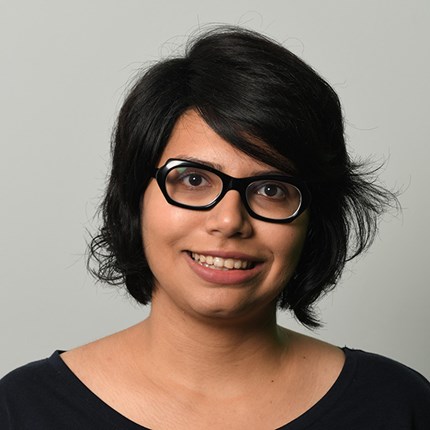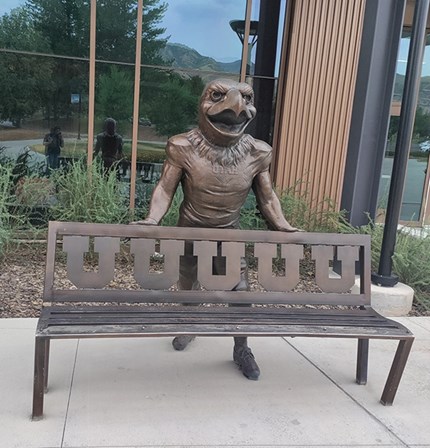
Reflections from Salt Lake City
PhD candidate and DIG affiliate Rujuta Vaidya has been on a research visit to the Department of Entrepreneurship and Strategy at David Eccles School of Business, Salt Lake City. In her travel letter to the DIG community, she reflects on how the stay made an influence on her own research and teaching.

I had the opportunity, in the Autumn of 2022, to visit the Department of Entrepreneurship and Strategy at David Eccles School of Business at the University of Utah in Salt Lake City.
While at the department I got the chance to present my work, collaborate on new projects and audit classes.
Seminars and presentations
My research broadly focuses on strategic decision making in firms. While in Salt Lake City, I presented two of my working papers, one on the strategic reallocation of idle employees during the Oil Crisis (2014/2015), and a panel study on the antecedents of labour hoarding.
The feedback I obtained on the papers proved to be instrumental in refining their content and structure.
We discussed at length that one of the interesting consequences of the pandemic, is the resurgence of the labour hoarding (retaining idle capacity) concept. As tech firms are firing employees, leading publications such as the New York Times, Reuters, and Bloomberg, to name a few, are focusing on the labour hoarding occurring in other industries.
But as yet, very little is known about which firms retain idle labour during crises, who gets retained, and whether it eventually pays off. We reviewed my findings, which so far indicate a strong positive relationship between the perceived adjustment costs of employees, i.e., the perceived costs of searching, hiring, and training new employees and the strategic reallocation of existing idle employees within the firm during a crisis.
The panel study focuses on creating more objective variables to capture such adjustment costs of different firms.
New research projects

During my stay in Salt Lake City, I also got the chance to collaborate with my host Assistant Professor Robert Wuebker and co-supervisor, Assistant Professor Orie Shelef, on a new project. We decided to explore the human capital decision making of firms another perspective, namely, early human capital choices of new ventures.
How do growing new ventures, select and attract new human capital to the firm? Is it through hiring of employees or through engaging new co-founders? Which firms choose to bring on co-founders within the first full year?
Our findings so far have shown that firms with more financial assets are more likely to grow through employees. As this project progresses, the focus is now on other relevant human capital measures such as prior entrepreneurial and managerial experience of founders, the heterogeneity of the founding team and founder wealth.
Case based teaching and the return to classrooms
While at the Department of Entrepreneurship and Strategy, I took every opportunity to audit case-based lectures and reflect on teaching with professors at the department.
As a part of my PhD journey, I have lead case seminars in the Bachelor course SOL 4- Strategisk Analyse (Strategic Analysis). While in Salt Lake City, I got the opportunity to discuss and learn from experienced researchers on how to engage students in case-based lectures.
I got to see masters in their craft bring lectures to life. It was inspiring to see how they got students out of their shells and engaging in discussion in class. I got to sit in on and learn from lectures by Assistant Prof. Robert Wuebker on Entrepreneurship and Prof. Jay Barney on the resource-based view.
In one lecture on Visual Strategy by Prof. Cord Bowen, I saw how AI- tools such as Midjourney can be utilized in a classroom setting to inspire students and to foster more discussion.
The aim of the lecture was to explore the creative process in business strategy. In my opinion, using tools such as these can help students to better communicate their ideas through the visual medium. While there are some clear demerits to using such tools (copyright issues to name one), I remain hopeful that they can help with communication, especially if the end-product is hard to visualize.
I got to see this first hand during the lecture as students started using the tool and discussing ways of applying it to their projects. If the adage, a picture is worth 1000 words is true, imagine how such tools could help in conveying ideas and fostering creativity in classrooms.
